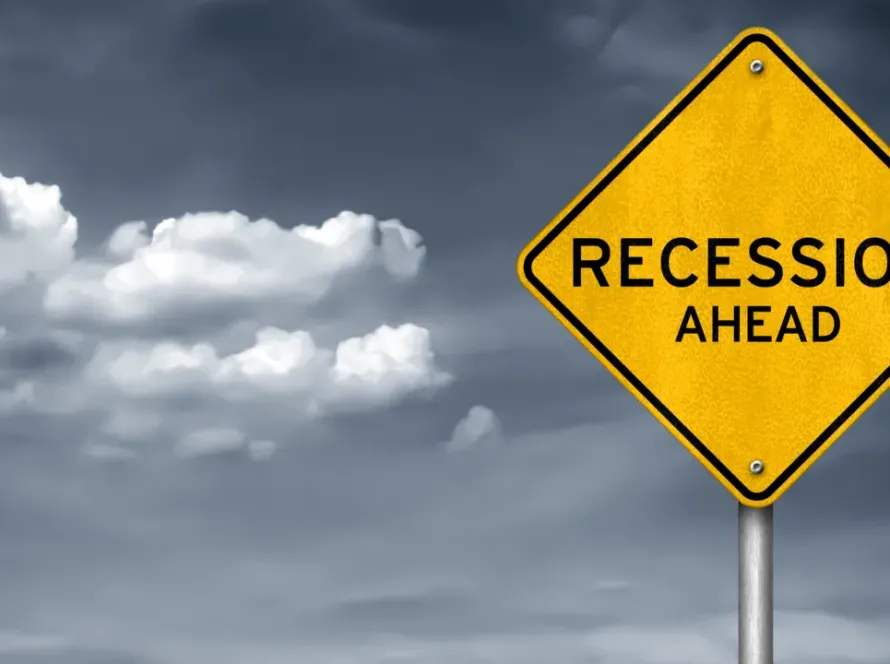Introduction
“To regulate or not to regulate?” to paraphrase Shakespeare. This dilemma has troubled economists, policymakers, and business leaders. Whether governments should intervene in markets or let them function with minimal interference depends on the specific context and the desired outcomes. This article explores the advantages and disadvantages of regulation and deregulation and the delicate balance that must be struck to achieve the most beneficial results for society (Stiglitz, 2017).
The Case for Regulation
Market regulation can serve various purposes, the most important being protecting consumers, promoting fair competition, and safeguarding the environment. Regulations are often enacted in response to market failures or to address social and environmental concerns that the market fails to account for (Arrow, 1963). Next, we explore these dimensions separately.
Protecting consumers
Regulatory measures can help protect consumers from deceptive business practices, unsafe products, and price gouging (Akerlof, 1970). For example, pharmaceutical industry regulations ensure drug safety and efficacy, protecting public health (Carpenter, 2010).
Promoting fair competition
Regulation can help prevent the formation of monopolies and oligopolies, ensuring an ethical level playing field for businesses and fostering innovation (Posner, 1975). Antitrust laws, for instance, prevent large corporations from engaging in anti-competitive practices that could stifle innovation and ultimately harm consumers (Bork, 1978).
Safeguarding the environment
Environmental regulations are essential for protecting natural resources and ensuring the long-term sustainability of ecosystems (Porter & van der Linde, 1995). These regulations can prevent pollution, encourage using renewable energy sources, and promote responsible resource management (Esty & Geradin, 2001).
The Case for Deregulation
Deregulation proponents argue that reducing government intervention in markets can foster economic growth, increase efficiency, and ultimately benefit consumers (Friedman, 1962). We examine each of those advantages in the following lines.
Fostering economic growth
Deregulation can encourage investment and innovation by removing barriers to entry for new firms and reducing the regulatory burden on businesses (Winston, 1993). For example, the deregulation of the telecommunications industry in the 1990s led to increased competition, lower prices, and rapid technological advancements (Noll, 1999).
Increasing efficiency
Free markets are often more efficient at allocating resources than regulated markets, as they respond quickly to changes in supply and demand (Hayek, 1945). In a deregulated market, businesses that fail to meet consumer needs or operate inefficiently will be forced out of the market, promoting economic efficiency (Coase, 1960).
Benefiting consumers
Deregulation can lead to lower prices and better quality products and services, as competition drives businesses to innovate and improve their offerings (Djankov et al., 2002). For instance, deregulation in the airline industry in the United States resulted in lower fares and increased consumer choices (Morrison & Winston, 1986).
The Delicate Balance
Striking the right balance between regulation and deregulation is crucial to achieving optimal market outcomes. Policymakers must weigh the benefits of intervention against the potential costs and unintended consequences (Rodrik, 2008). We will investigate the balance between regulation and deregulation in four critical dimensions.
Regulatory capture
A key challenge in designing effective regulations is the risk of regulatory capture, where regulated industries wield disproportionate influence over the agencies tasked with regulating them (Stigler, 1971). This can lead to regulations that serve the interests of powerful industry actors rather than the broader public interest (Laffont & Tirole, 1991).
Unintended consequences
Regulation can sometimes have unintended consequences, such as stifling innovation or creating barriers to entry for new firms (Hahn & Tetlock, 2008). Overly complex or burdensome regulations can also impose unnecessary costs on businesses and consumers, leading to inefficiencies (Glaeser & Luttmer, 2003).
The importance of context
The appropriate level of regulation or deregulation depends on the specific industry and the potential market failures or social and environmental concerns at play (Rodrik, 2008). For example, industries with significant negative externalities, such as pollution, may require more stringent regulation to protect public health and the environment (Pigou, 1920). Conversely, deregulation may be more appropriate in industries with limited market failures and few public interest concerns.
Dynamic regulation
A flexible and adaptive approach to regulation can help strike the right balance between intervention and market freedom (Sunstein, 2014). By continuously evaluating the impacts of existing regulations and adjusting them as necessary, policymakers can better respond to changing market conditions and minimize unintended consequences (Sunstein, 2017).
Conclusion
In conclusion, regulating or deregulating markets is a complex, thus dynamic, and context-dependent issue. Striking the optimal balance requires careful consideration of the potential benefits and costs of intervention and a flexible and adaptive approach to regulation. Ultimately, the goal should be to create an environment where markets can function efficiently while addressing critical social, environmental, and consumer protection concerns.
References
Akerlof, G. A. (1970). The market for “lemons”: Quality uncertainty and the market mechanism. The Quarterly Journal of Economics, 84(3), 488–500.
Arrow, K. J. (1963). Uncertainty and the welfare economics of medical care. The American Economic Review, 53(5), 941–973.
Bork, R. H. (1978). The antitrust paradox: A policy at war with itself. Basic Books.
Carpenter, D. (2010). Reputation and power: Organizational image and pharmaceutical regulation at the FDA. Princeton University Press.
Coase, R. H. (1960). The problem of social cost. Journal of Law and Economics, 3, 1–44.
Djankov, S., La Porta, R., Lopez-de-Silanes, F., & Shleifer, A. (2002). The regulation of entry. The Quarterly Journal of Economics, 117(1), 1–37.
Esty, D. C., & Geradin, D. (2001). Regulatory competition and economic integration: Comparative perspectives. Oxford University Press.
Friedman, M. (1962). Capitalism and freedom. University of Chicago Press.
Glaeser, E. L., & Luttmer, E. F. P. (2003). The misallocation of housing under rent control. American Economic Review, 93(4), 1027–1046.
Hahn, R. W., & Tetlock, P. C. (2008). Has economic analysis improved regulatory decisions? Journal of Economic Perspectives, 22(1), 67–84.
Hayek, F. A. (1945). The use of knowledge in society. The American Economic Review, 35(4), 519–530.
Laffont, J. J., & Tirole, J. (1991). The politics of government decision-making: A theory of regulatory capture. The Quarterly Journal of Economics, 106(4), 1089–1127.
Morrison, S. A., & Winston, C. (1986). The economic effects of airline deregulation. Brookings Institution Press.
Noll, R. G. (1999). Telecommunications reform in the United States. In Telecommunications Liberalization on Two Sides of the Atlantic (pp. 25–60). Palgrave Macmillan.
Pigou, A. C. (1920). The economics of welfare. Macmillan.
Porter, M. E., & van der Linde, C. (1995). Toward a new conception of the environment-competitiveness relationship. Journal of Economic Perspectives, 9(4), 97–118.
Posner, R. A. (1975). The social costs of monopoly and regulation. Journal of Political Economy, 83(4), 807–827.
Rodrik, D. (2008). The new development economics: We shall experiment, but how shall we learn? HKS Faculty Research Working Paper Series RWP08–055.
Stigler, G. J. (1971). The theory of economic regulation. The Bell Journal of Economics and Management Science, 2(1), 3–21.
Stiglitz, J. E. (2017). The role of the state in the era of globalization. In The State and Global Capitalism (pp. 1–27). Palgrave Macmillan.
Sunstein, C. R. (2014). Simpler: The future of government. Simon and Schuster.
Sunstein, C. R. (2017). The limits of quantification. California Law Review, 105(2), 405–426.
Winston, C. (1993). Economic deregulation: Days of reckoning for microeconomists. Journal of Economic Literature, 31(3), 1263–1289.


